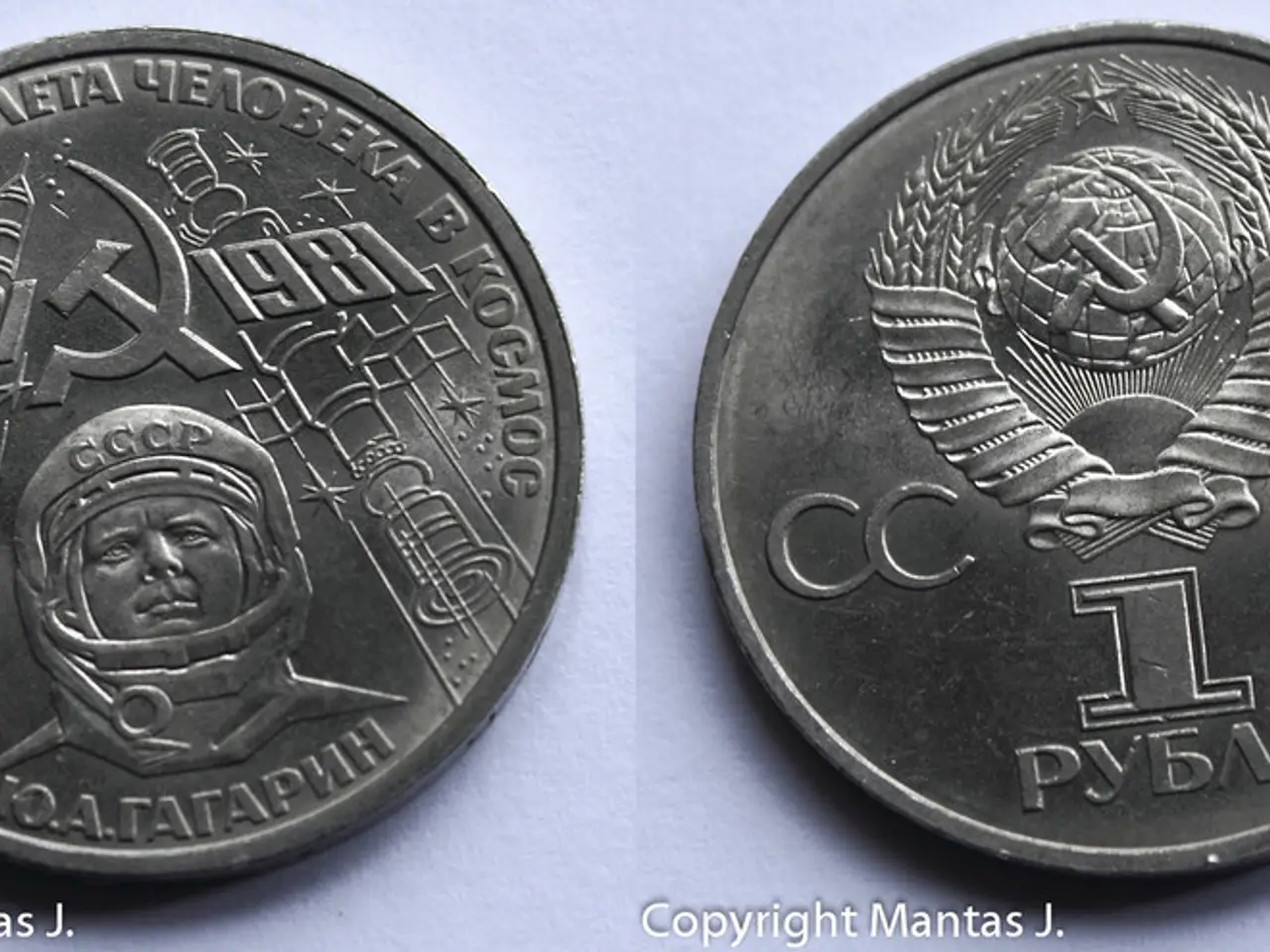Differentiating between Money Market Accounts and Savings Accounts: An Exposition on Their Distinct Features
In the financial landscape of 2025, the choice between high-yield savings accounts and money market accounts is not a straightforward one, as both offer unique benefits. These two financial products are designed to help individuals save and withdraw cash while offering varying interest rates, accessibility, and account features.
High-yield savings accounts are renowned for their competitive interest rates. As of mid-2025, the top high-yield savings accounts offer rates up to about 4.66% APY. In contrast, money market accounts offer slightly lower rates, with the top accounts offering around 4.32% APY. While the difference may seem significant, it results in minimal differences in earnings for typical deposit periods. For instance, a $10,000 deposit would earn roughly $212.74 in six months in a high-yield savings account at 4.30%, versus $213.72 in a money market account at 4.32%, showcasing a marginal difference in earnings.
Liquidity and accessibility are other key factors to consider. High-yield savings accounts generally allow withdrawals and transfers easily but may limit certain types of transactions to six per month. Money market accounts offer similar liquidity but sometimes provide the added convenience of check-writing and debit card access, though these features might come with limitations.
Both account types are typically FDIC insured up to $250,000, protecting your funds. Fees and minimum balance requirements vary by institution but are generally low for both accounts, with money market accounts sometimes having slightly higher minimums.
The purpose and use of the account are also crucial factors to consider. High-yield savings accounts are ideal for emergency funds or general savings with easy access. Money market accounts also suit emergency funds but add some transactional flexibility (like limited check writing). Neither should be confused with money market funds, which are investment products and not FDIC insured.
In conclusion, both high-yield savings accounts and money market accounts offer competitive interest rates with marginal differences, and your choice may depend more on how you plan to use the account (e.g., need for checks vs. simple savings) rather than the interest rate alone. Comparing both online banks and credit unions for the highest yields, and looking for accounts with no minimum balance requirements, can help you make an informed decision.
- For individuals seeking a financial product that offers competitive interest rates, both high-yield savings accounts and money market accounts are viable options.
- While high-yield savings accounts are renowned for their competitive interest rates, money market accounts might be more appealing for those requiring check-writing and debit card access, as they often provide these added conveniences.
- When making a decision between high-yield savings accounts and money market accounts, it's essential to consider factors such as the purpose and use of the account, liquidity, and accessibility, in addition to the interest rates, as these can have a significant impact on the overall performance and suitability of the account for personal or business financial management.





